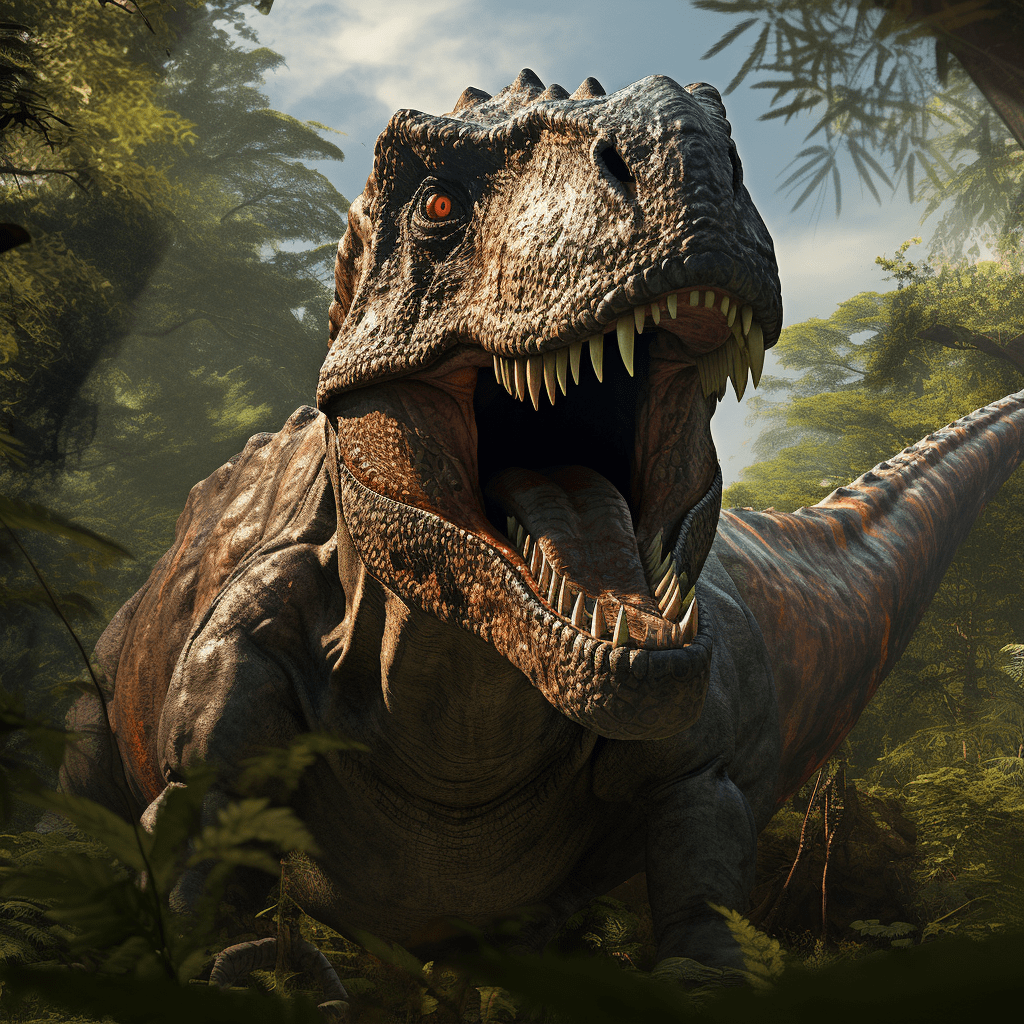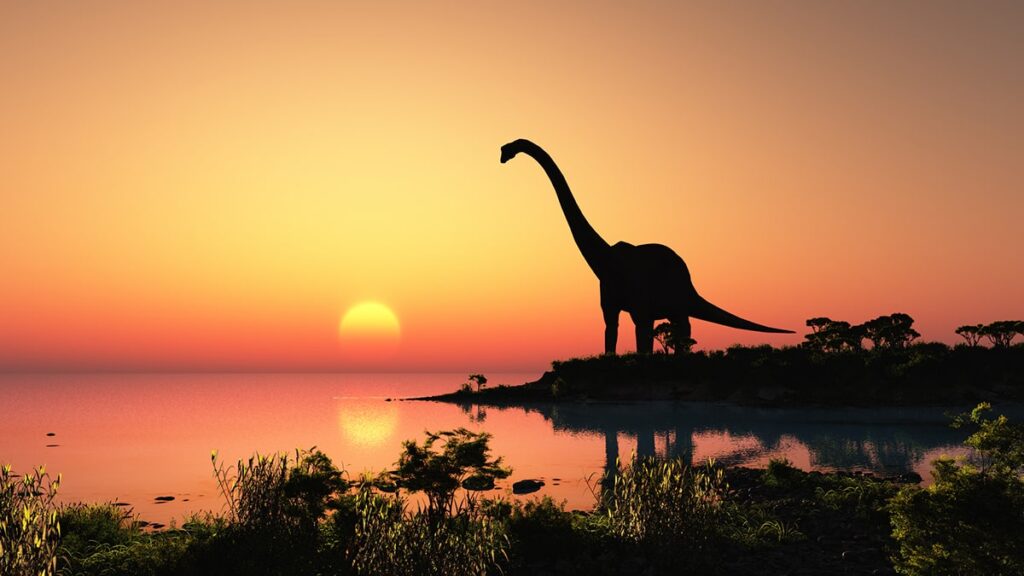Dinosaurs have long captured our imaginations with their towering presence and ancient mysteries. These prehistoric creatures, which once roamed the Earth, have left behind an invaluable legacy of fossils and scientific discoveries. In this article, we delve into the world of dinosaurs, exploring basic facts, paleontology, the age of dinosaurs, and the fascinating details preserved in dinosaur fossils.
Fact: T-Rex is Closer to Us Than it was to the Stegosaurus
Tyrannosaurus rex existed around 68-66 million years ago in the late Cretaceous, while Stegosaurus lived around 155-150 million years ago in the late Jurassic. Hence, the time between T-Rex and now is shorter than the time between T-Rex and Stegosaurus.

General Dinosaur Facts
- Dinosaurs’ Remarkable Longevity: Dinosaurs, a group of reptiles, enjoyed a reign on Earth that spanned an incredible 245 million years.
- The Coined Term: The term “Dinosauria” was first coined in 1842 by the English naturalist Sir Richard Owen. It derives from the Greek words “deinos” meaning “terrible, horrible, great,” and “sauros” meaning “lizard”—a name that has stuck through the ages.
- Worldwide Fossil Finds: Fossils of dinosaurs have been unearthed on all seven continents, shedding light on their global presence.
- Mass Extinction: All non-avian dinosaurs met their demise around 66 million years ago, marking the end of an era.
- Diverse Species: Approximately 700 known species of extinct dinosaurs have been identified.
- Birds: The Living Dinosaurs: Modern birds share a common ancestor with non-avian dinosaurs, making them a continuation of the dinosaur lineage. This connection challenges the notion that dinosaurs are entirely extinct.
The Age of Dinosaurs
- Diverse Temporal Range: Dinosaurs didn’t coexist throughout their entire history. Various dinosaur species thrived during different geological periods, namely the Triassic, Jurassic, and Cretaceous periods.
- The Mesozoic Era: Dinosaurs reigned during the Mesozoic Era, aptly nicknamed “The Age of Dinosaurs.” This era comprised three distinct periods: the Triassic, Jurassic, and Cretaceous periods.
- The Triassic Beginning: Dinosaurs made their earliest appearances during the Triassic Period, about 250 to 200 million years ago.
- Stegosaurus to Tyrannosaurus rex: Different dinosaur species lived at distinct times. Stegosaurus, for example, roamed the Late Jurassic Period, approximately 150 million years ago, while Tyrannosaurus rex dominated the Late Cretaceous Period, about 72 million years ago.
- Mass Extinction Theories: The mass extinction of non-avian dinosaurs at the end of the Cretaceous Period resulted from various factors, including a massive asteroid impact, changing sea levels, and volcanic activity.
Bonus Facts
- Stegosaurus: The “Walnut-Brained” Dinosaur: Stegosaurus, although visually impressive, had a brain the size of a walnut, measuring just 3 centimeters long and weighing a mere 75 grams. It is considered one of the least intelligent dinosaurs.
- Surprising Sizes: While popular imagination often envisions dinosaurs as massive giants, many were closer to human-sized or even smaller. Most scientists believe that larger bones were more likely to be fossilized.
- The Longest Dinosaur: Argentinosaurus, the longest dinosaur, measured over 40 meters in length, equivalent to the length of four fire engines. It also held the record as the heaviest dinosaur, weighing a staggering 77 tonnes, equivalent to 17 African Elephants.
- Unusual Dining Habits: Some dinosaurs ingested large rocks intentionally, which remained in their stomachs to help grind up their food.
- Cheetah vs. Dinosaurs: While some dinosaurs, like Compsognathus and Ornithomimus, were among the fastest of their time, today’s cheetah can outrun any dinosaur that ever existed.
- The Origin of “Dinosaur”: Sir Richard Owen, an English paleontologist, coined the term “dinosaur” in 1842 when he observed the fossils of these creatures. The name combines the Greek words “deinos” (terrible, horrible, great) and “sauros” (lizard).
- Fossilized Records: The fossil record includes bones, teeth, eggs, footprints, trackways, teeth marks, leaves, and even dung, providing invaluable clues about ancient organisms and their behaviors.
- The Smallest and Longest Names: The longest dinosaur name is “Micropachycephalosaurus,” which means “tiny thick-headed lizard.” In contrast, the smallest dinosaur name is “Yi,” consisting of only two letters—22 letters less than “Micropachycephalosaurus.”


